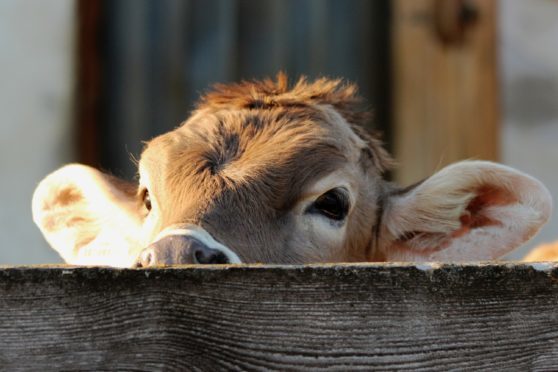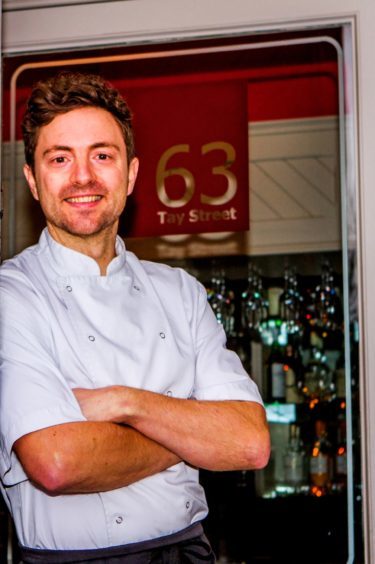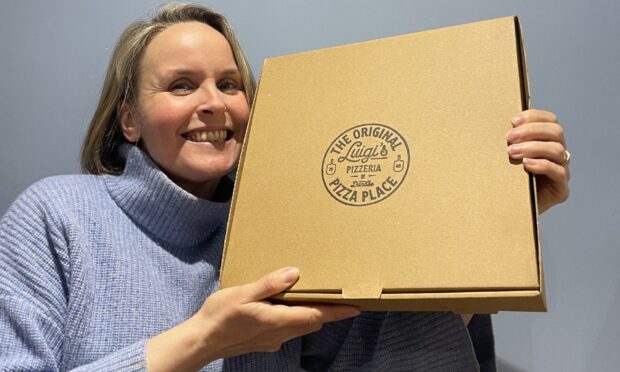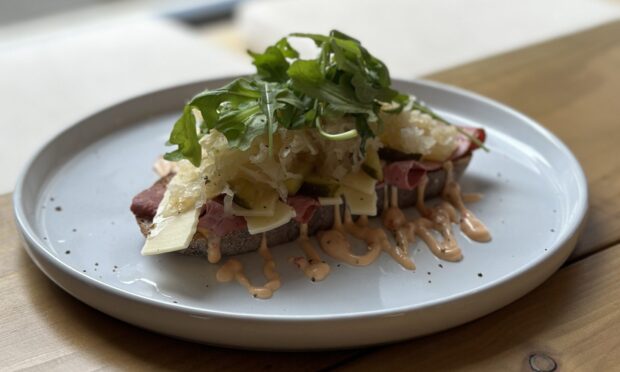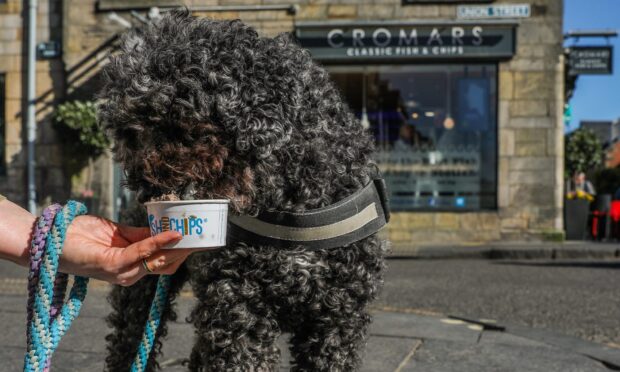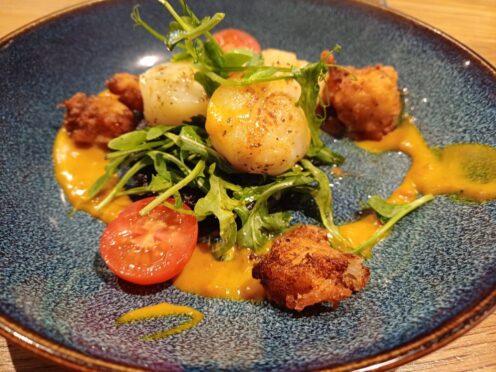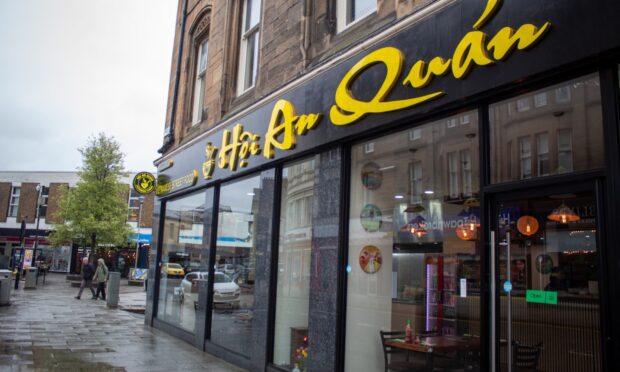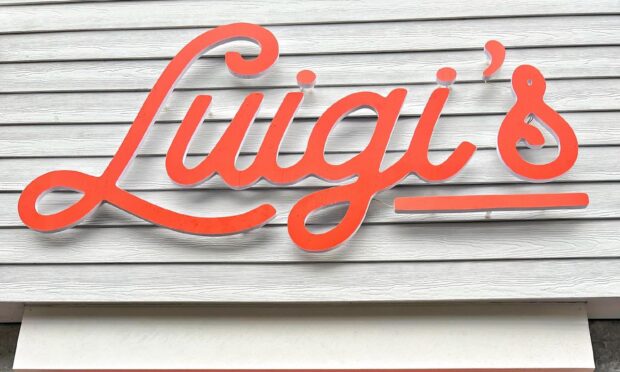Graeme Pallister of 63 Tay Street in Perth explains why it’s OK to have veal on the menu again
I have thought long and hard about writing this column because veal comes – or rather used to come – surrounded by much in the way of controversy, and not without good reason. Much like foie gras, the cruelty associated with rearing veal calves put off even the most avid of carnivores. We didn’t take veal onto the menu for years.
However – and there really is good justification for that however – things have changed hugely. During an age where the western world is rightfully criticised for the shameful tonnes of food waste produced each year, it is a shock to many when they learn that the male calves of dairy herds are traditionally destroyed at birth. Surely, in a country famed the world over for its agriculture and farming practices, there had to be a better way to deal with this situation?
And there was. Rose veal has been making a name for itself over the past decade but it’s only really in recent years that it has grown in popularity and acceptance. We buy ours a local butcher in Glenrothes who in turn source it from Red Tractor farms (Red Tractor ensures you can trust the food produced and is an assurance scheme covering animal welfare, food safety, traceability and environmental protection) who have RSPCA approval on their veal.
So what does this really mean to you and me – the people who plan to cook and eat it? Well, in order to obtain an RSPCA approval it must be a product that supports ethical and sustainable farming practices. These male calves will live a good, healthy life in open barns, sleeping on straw and socialising in groups with access to fresh air, daylight and water at all times . They are nurtured until they are 11 months old – more than lamb for the meat eaters out there – at which point they are processed humanely.
For me, as both a chef and a meat eater, I find this far more humane and far less wasteful. I’d also say that the more we demand transparency in our farming practices the better informed we will be when it comes to making decisions around what is and isn’t ‘cruel’. I personally respond well to fair, sustainable practice and as such we’re currently conjuring up a whole host of tasty ideas for this wonderful, British produce – and blanquette de veau has gone straight to the head of the queue!
Chef’s tip
Start your journey into cooking with veal with a simple burger or meatballs. Remember, this is just young beef and although the flavour is less powerful than its older counterpart, it works in more or less the same way. Use minced veal and mix with finely chopped garlic and red onion, a little salt and pepper to season and roll into tight balls. Fry gently in a pan to brown before topping with a homemade tomato ragu and leaving to bubble to the hob for around 20 mins. Serve with spaghetti.
